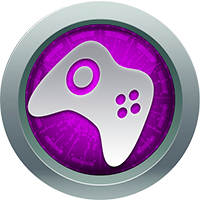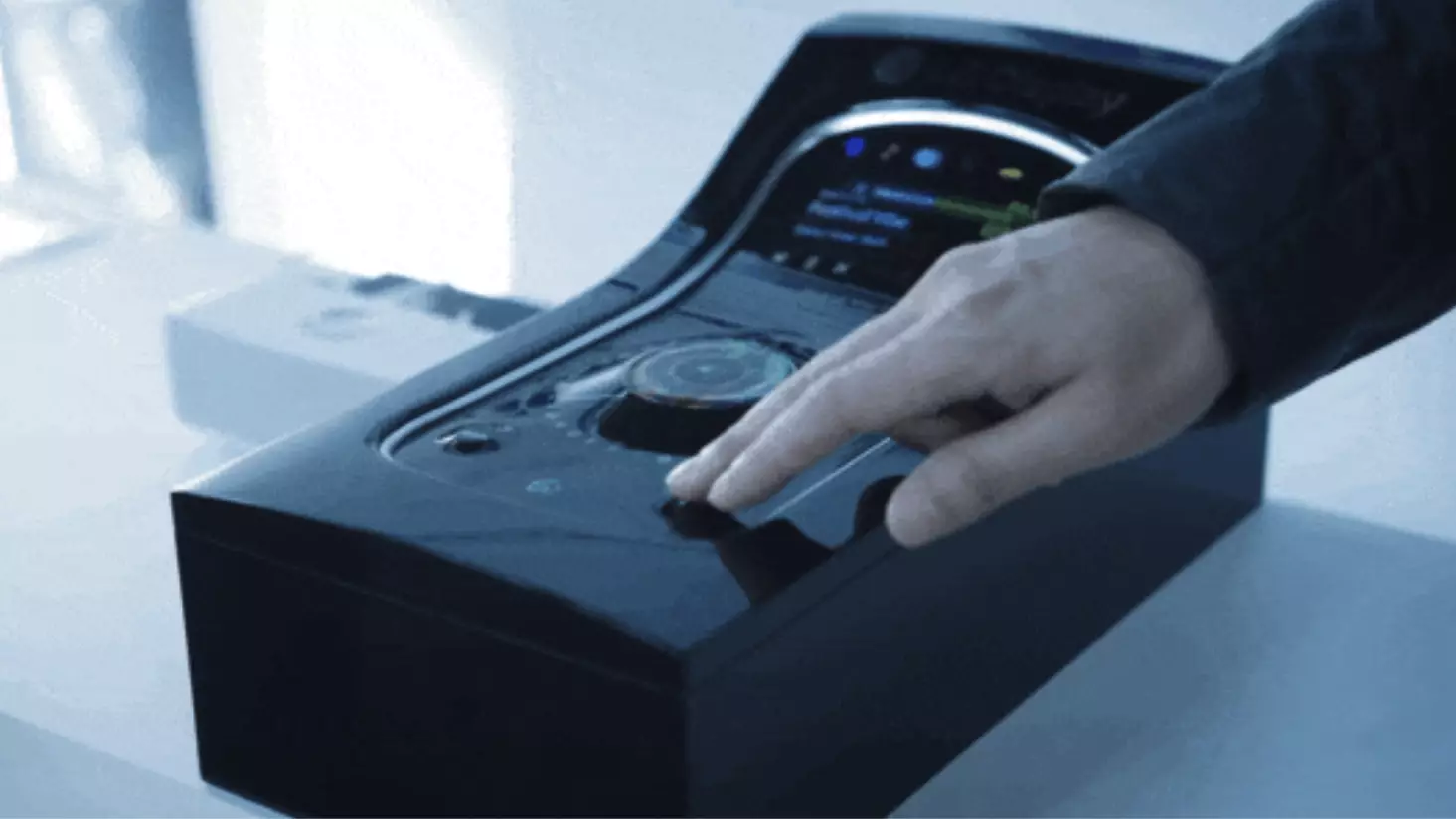In the dynamic realm of display technology, flexibility has transcended beyond mere bendability to embrace stretchability—a groundbreaking advancement epitomized by LG’s latest stretchable OLED panel. The innovation signifies not just a technological leap, but a paradigm shift in our interaction with screens, especially in the automotive sector where tactile feedback meets hyper-utility. As industry sentiments evolve toward a more integrated user experience, LG’s ambition to create displays that expand by up to 50% while retaining impressive pixel density faces substantial expectations and scrutiny.
Revolutionizing In-Car Experiences
Imagine a dashboard where the traditional separation between screens and physical buttons dissolves entirely; that is the promise of LG’s stretchable OLED panel. Current automotive designs frequently grapple with the divide between tactile buttons and touchscreen controls, often prioritizing screens at the expense of intuitive physical feedback. This innovation beckons a smoother and safer interface for drivers, allowing essential controls to morph dynamically, accommodating user preferences and enhancing the driving experience. LG posits that as virtual touch buttons emerge and recede with user interaction, they could promote safer driving by reducing the need for drivers to divert their attention away from the road.
However, while the concept holds significant allure, it raises critical questions: Can technology compensate for the instinctual, tactile nature of physical controls? In vehicles like Tesla or Volvo’s latest electric offerings, users have voiced concerns regarding excessive reliance on touchscreens. Such feedback highlights a fundamental need for balance—a need that LG aims to address but which could also create a friction point if not executed flawlessly. Adopting stretchable displays could indeed provide a bridge over this chasm, if and only if the technology is both responsive and intuitively designed.
Expanding Beyond the Automotive Realm
The versatility of stretchable OLED technology is not confined to the automotive world. Its potential applications are limitless—ranging from interactive gaming interfaces to dynamic signage in public spaces. Picture a gaming setup where the stretchable display replicates an in-game control panel, morphing and adapting as players navigate through immersive environments. This kind of adaptation could extend the boundaries of traditional gameplay, allowing for experiences that feel more interactive and closely tied to player actions.
Beyond gaming, we’ll inevitably witness the integration of stretchable screens in everyday digital environments. Imagine a retail store where digital displays adjust to become immersive promotional tools, stretching to showcase seasonal offers or limited-time deals. Such a transformation not only enhances customer engagement but also optimizes space usage, reflecting increased efficiency in digital marketing strategies.
The Tech Behind the Flexibility
While the research and development of stretchable OLED technology presents an exhilarating glimpse into the future, the challenges ahead are also monumental. Achieving a balance between durability and flexibility is paramount. Manufacturers must ensure not only that the stretchable OLEDs are resistant to wear and tear but also meet the rigorous performance standards expected in various applications—from vehicles to wearable tech.
Additionally, issues surrounding manufacturability and cost-effectiveness cannot be overlooked. As the technology advances, a key obstacle will be scaling production to meet potential demand without compromising quality or driving prices beyond reach for consumers. Thus, the stakeholders in this burgeoning field face a dual challenge: advancing the core technology while also addressing logistical concerns to ensure that stretchable displays can achieve mass market viability.
In a world increasingly driven by user experience, LG’s stretchable OLED technology could mark a crucial transition toward more adaptable, responsive interfaces. While challenges remain in the pursuit of seamless integration, the vision of stretchable screens heralds a future where our devices not only display information but also interact dynamically with us. As design philosophies evolve to prioritize user-centric functionality, the potential applications seem both exciting and endless, paving the way for a more integrated digital reality.

